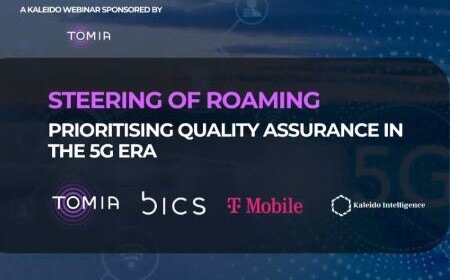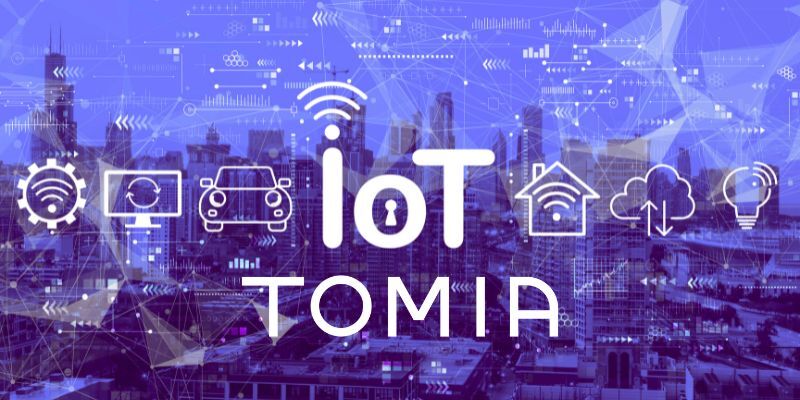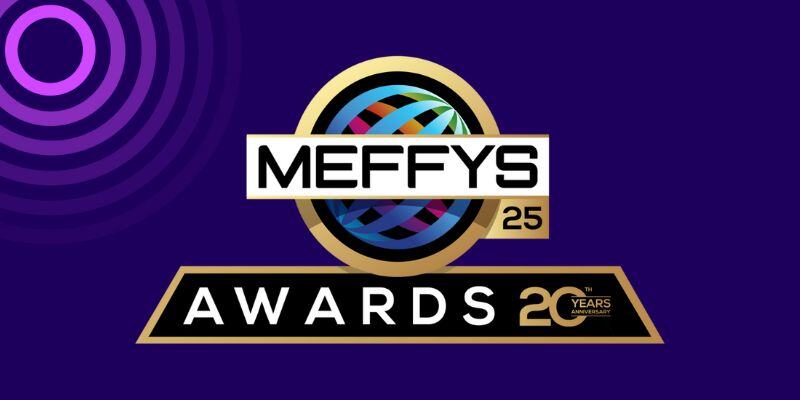Shaping Evolution in IoT Steering Connectivity
May 12, 2025
Dimitris Zoulis, COSMOTE’s Project Manager for Roaming Services and International Synergies, talks to Daniella Torres about how VoLTE, IoT, and 5G will impact the telecoms industry.

As we highlighted in our previous blog, the Internet of Things (IoT) is rapidly growing globally. To keep pace with this expansion, Mobile Network Operators (MNOs), Mobile Virtual Network Operators (MVNOs), and Enablers (MVNEs) should adopt detailed segmentation strategies and flexible network management solutions.
Quality of Service (QoS) in the context of IoT roaming refers to maintaining consistent and reliable
connectivity for devices when they move between different networks. Since IoT devices often operate in diverse environments and regions, QoS becomes critical for ensuring that they remain functional and cost-efficient, no matter where they are.
Quality of Service
The view that QoS is defined only by coverage and speed is no longer sufficient. Today, enterprises have diverse and evolving connectivity needs. For example, a smart device typically generates significantly more data than a simple industrial sensor, requiring different network performance characteristics. In response, MNOs and MVNOs are developing tailored offerings to meet these varying requirements across their global footprints.
To deliver true, contextualized QoS, they need real-time analytics and automated steering capabilities that facilitate dynamic decision-making on a scale. This involves continuously adapting steering policies based on real-time network conditions, such as high data failure rates, low network data throughput, lengthy registration processes, and other relevant indicators. Many operators prioritize QoS as a differentiator, and a QoS-based steering approach is an essential step in this direction.
TOMIA’s MEFFYS 2025 award-winning Intelligent Preferred Network (IPN) offers Adaptive Steering functionality for MNOs, MVNOs, and MVNEs. Adaptive Steering relies on real-time analytics and QoS performance metrics obtained from signaling and data sessions monitoring to optimize steering decisions dynamically. These solutions are set to become standard as 5G Standalone (SA) continues to gain momentum.
The Most Appropriate Steering Method
A few IoT solution providers reported that some devices don’t respond to signaling-based steering well and instead depend on over-the-air (OTA) steering, considering the wide variety of IoT devices and use cases, e.g., low latency for industrial IoT vs. low power for smart home sensors.
Each steering method has its own strengths regarding optimal network utilization, scalability, improved quality, and granular control. They can be employed based on technical requirements to ensure accurate traffic distribution and better commercial results. TOMIA IPN is pre-integrated with several OTA vendors, including exceptional IoT management through a queuing mechanism. IPN also offers Steering On Demand capability, enabling instant and seamless changes in visited networks.
IPN empowers IoT connectivity providers to manage reliable, scalable, and dynamic IoT business globally. Schedule a demo with our experts.
Related Resources




